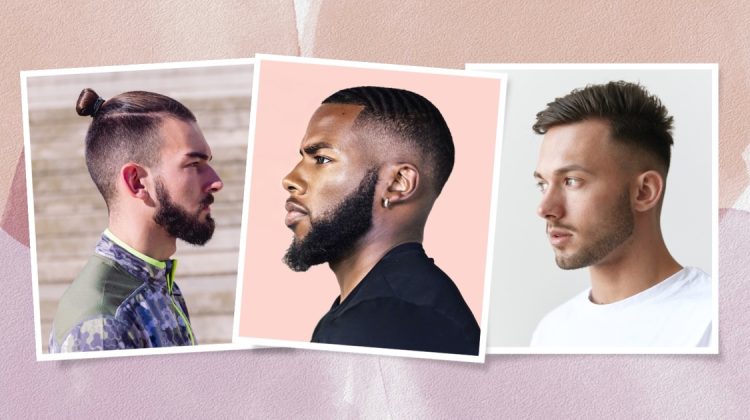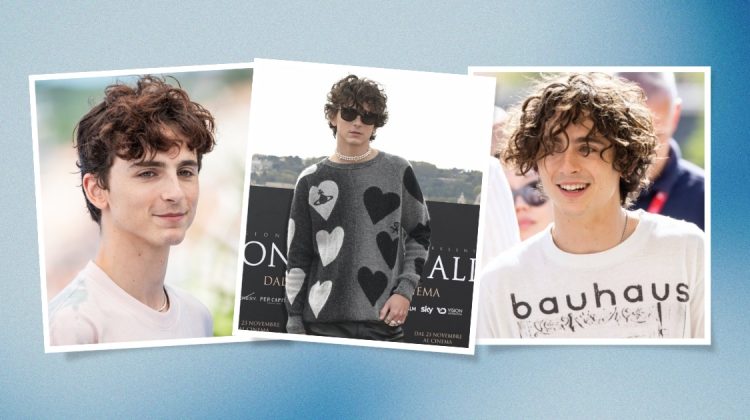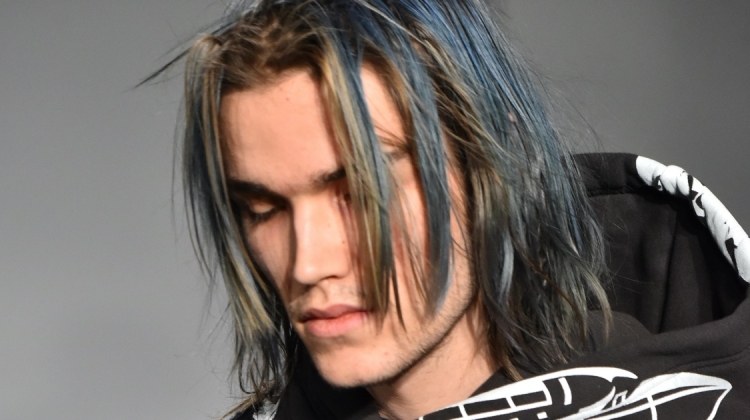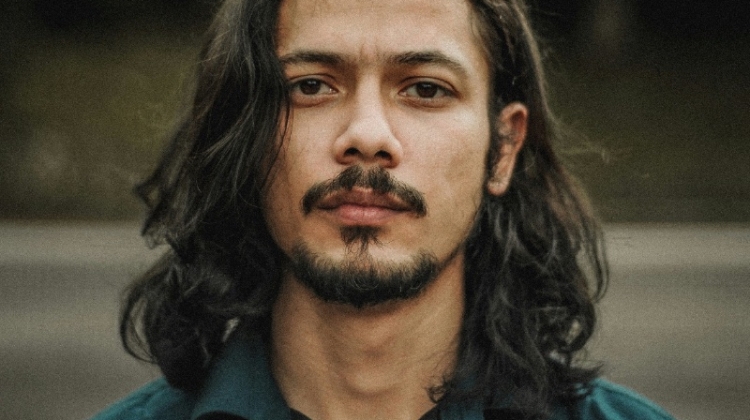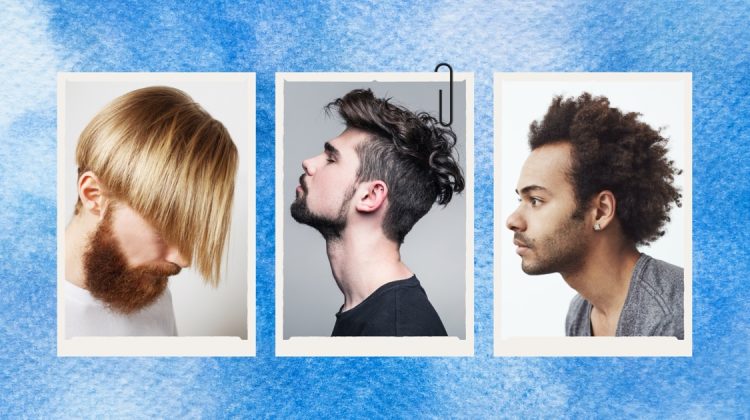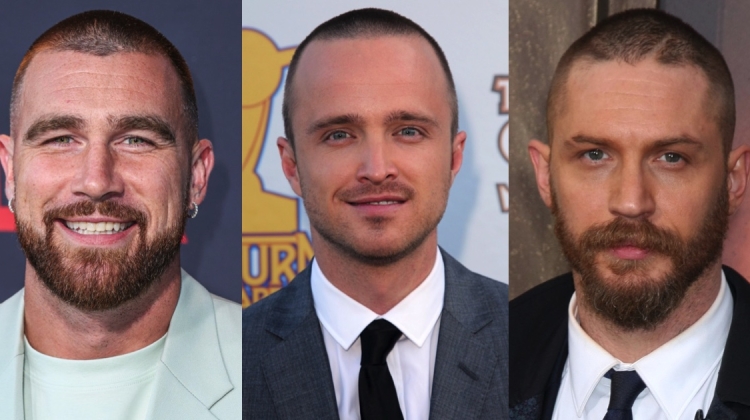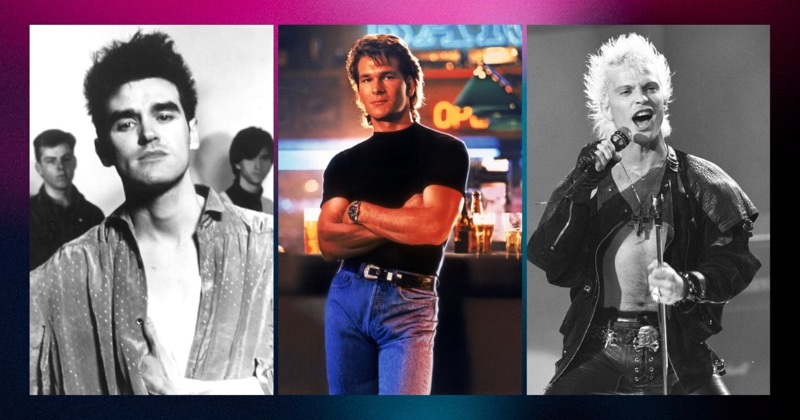
80s hairstyles for men were statements of identity. The decade favored volume, hard lines, and aggressive texture. Hair was styled high, curled tight, or cut sharp to signal alignment with music culture and a rising fixation on image.
These looks defined 80s fashion for men at street level and on stage. Their influence still shows up in today’s revivals, less as nostalgia, more as reference.
80s Hairstyles for Men: Popular Styles
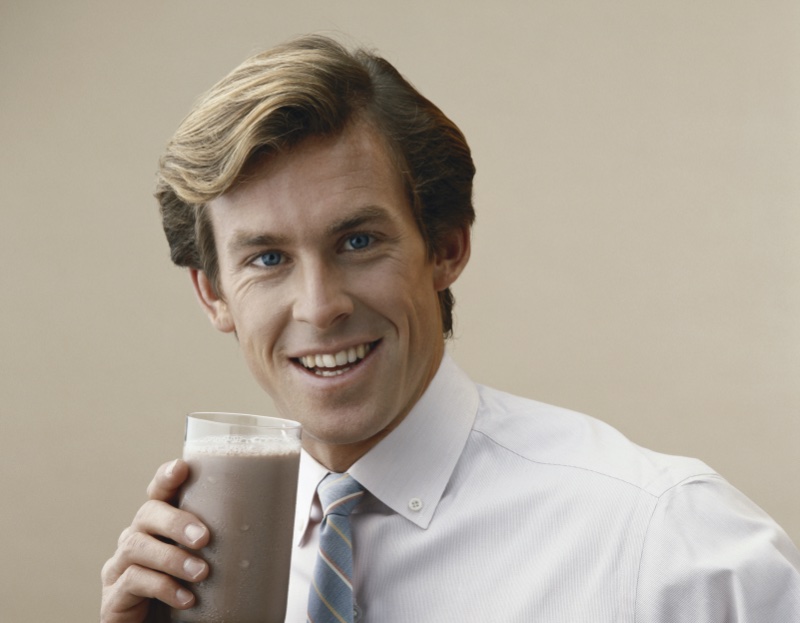
80s hairstyles for men marked a shift in how style worked. Cuts like the mullet and comb over signaled status, taste, or alignment with a scene. David Bowie changed his hair as often as his sound. Tom Cruise helped turn Hollywood haircuts into trends.
Volume, sharp lines, and extreme texture became standard. These choices still show up today, not as throwbacks, but as references that shaped how men approach hair now.
80s Mullets
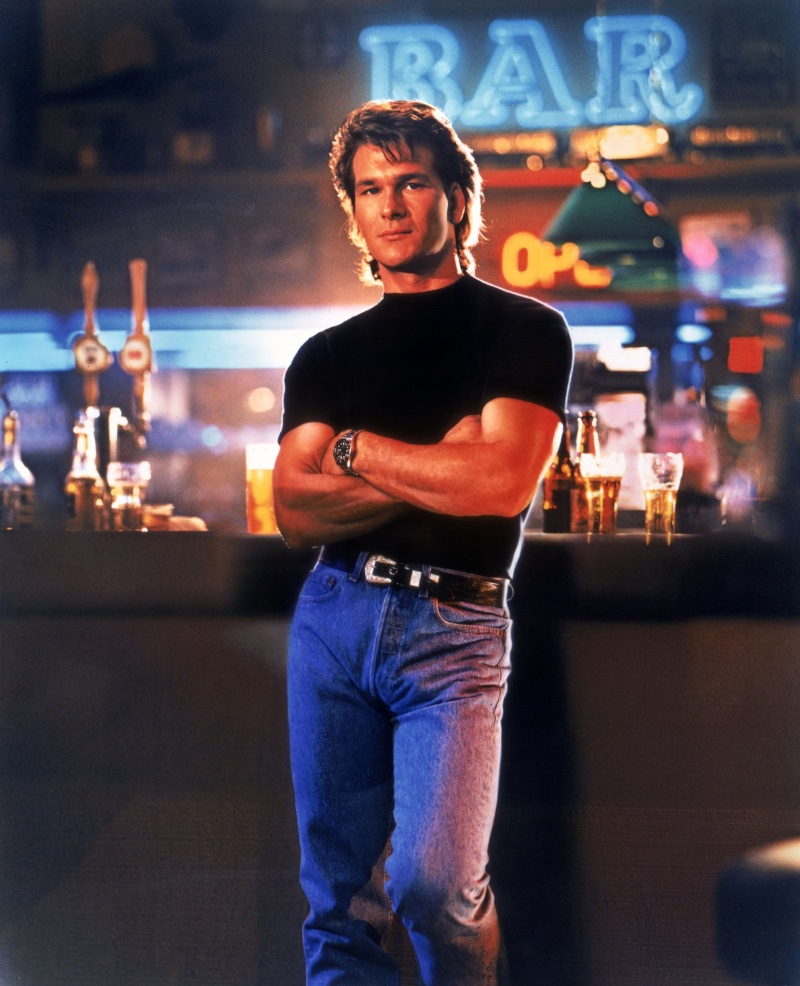
The mullet hairstyle made its point with a bold attitude. Short at the front, long at the back, it offered a way to hold on to control while signaling a break from convention. It adapted well to different textures, including curls, which gave the cut more shape and movement.
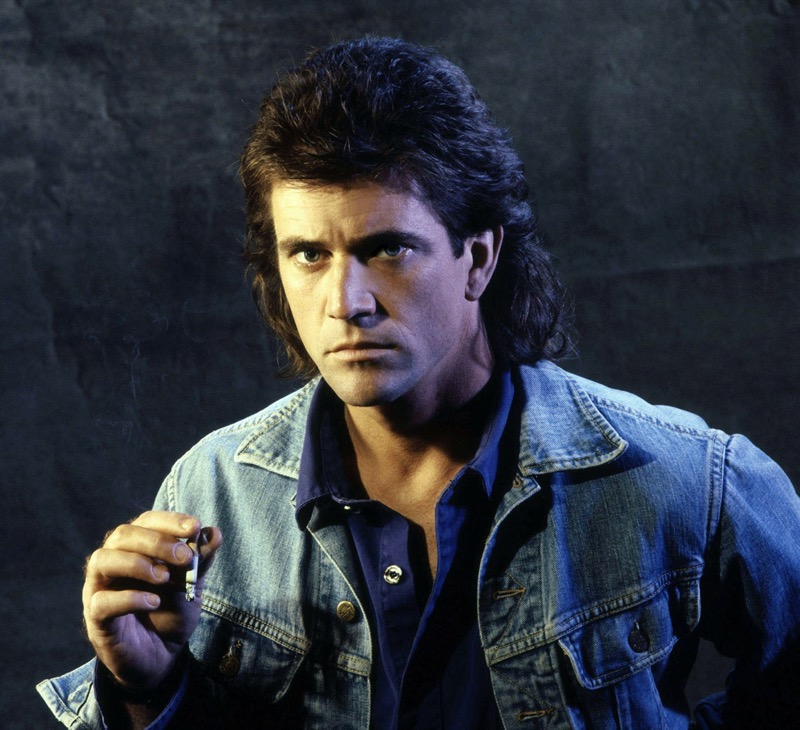
Patrick Swayze’s mullet in Road House (1989) came with denim, muscle, and a bar-fight confidence. Mel Gibson’s version in Lethal Weapon (1987) was tighter, with less swing but more precision. The rat-tail variant took the shape further, narrowing it into a single strand.
80s Long Hair: Rockstar Rebellion
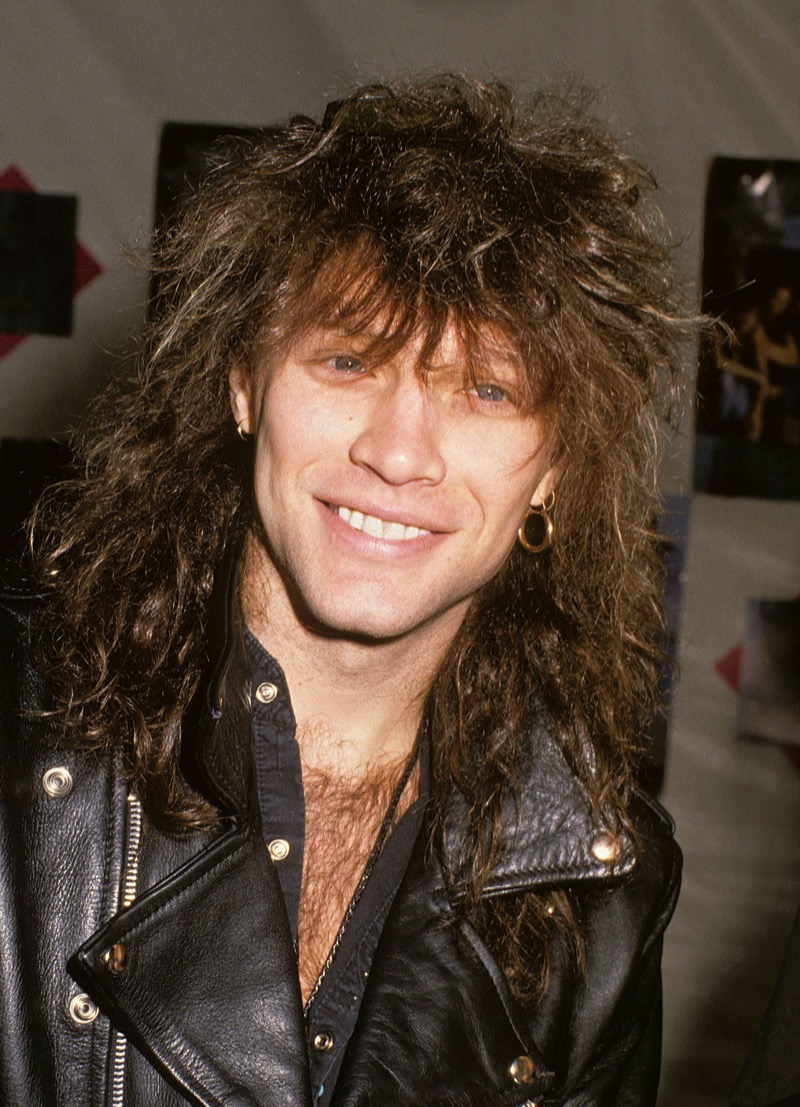
Long hair in the 1980s carried weight. From Jon Bon Jovi’s stage-ready blowout to George Michael’s styled layers, these looks made room for both chaos and control.
Layered Mullet Variation: The mullet went beyond short cuts. Longer styles featured cropped layers at the crown with extended length in the back. The contrast created shape while keeping the length intact.
Sleek Metal Mane: Long, straight, and glossy, this style echoed ’80s heavy metal icons. Flat-ironed strands and shine serum gave it a sharp, polished finish. Think Mötley Crüe over surf rock.
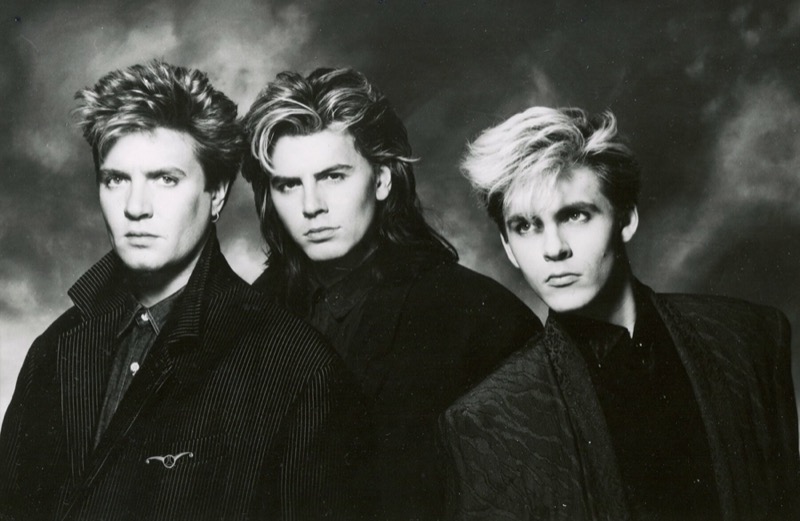
Glam Rock Blowout: All about drama and height. Hair reached the shoulders, boosted by round brushes, mousse, and backcombing. Volume took priority. Teased roots and strong hold gave it that unmistakable stage presence.
Beachy Surfer Waves: Easy texture with a sun-dried feel. Loose waves gave the impression of a day outside, not a salon visit. The look was casual, but it landed with intention.
Feathered Fringe: A softer, more polished shape. Feathered bangs and forward layers framed the face, often with a side part. Rob Lowe made it iconic. Light mousse kept it in place.
1980s Punk Hair
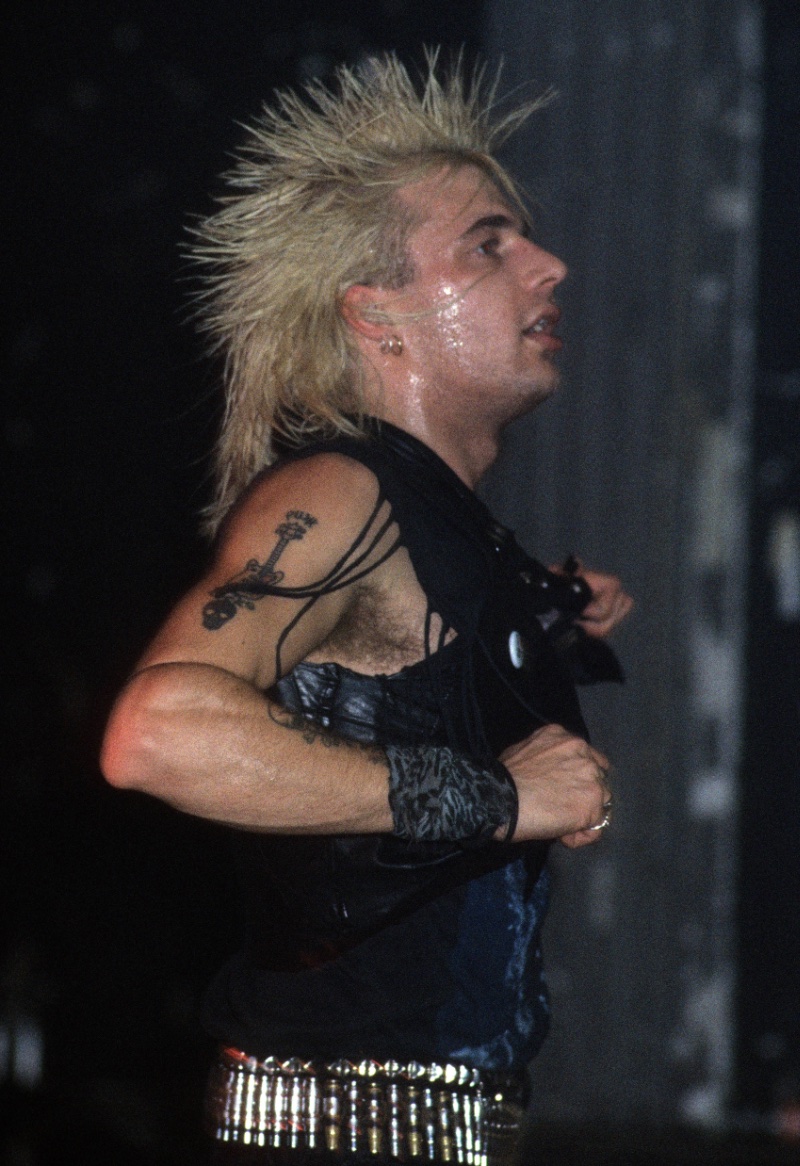
Punk hair in the 1980s was styled to provoke. Spikes, bleach, and primary-color dyes made the point fast. Liberty spikes went vertical with gel and hairspray, no concern for subtlety or approval. Colin Abrahall of GBH wore them blunt and blond in 1986. Billy Idol’s peroxide version was looser but still aggressive.
80s Feathered Hair
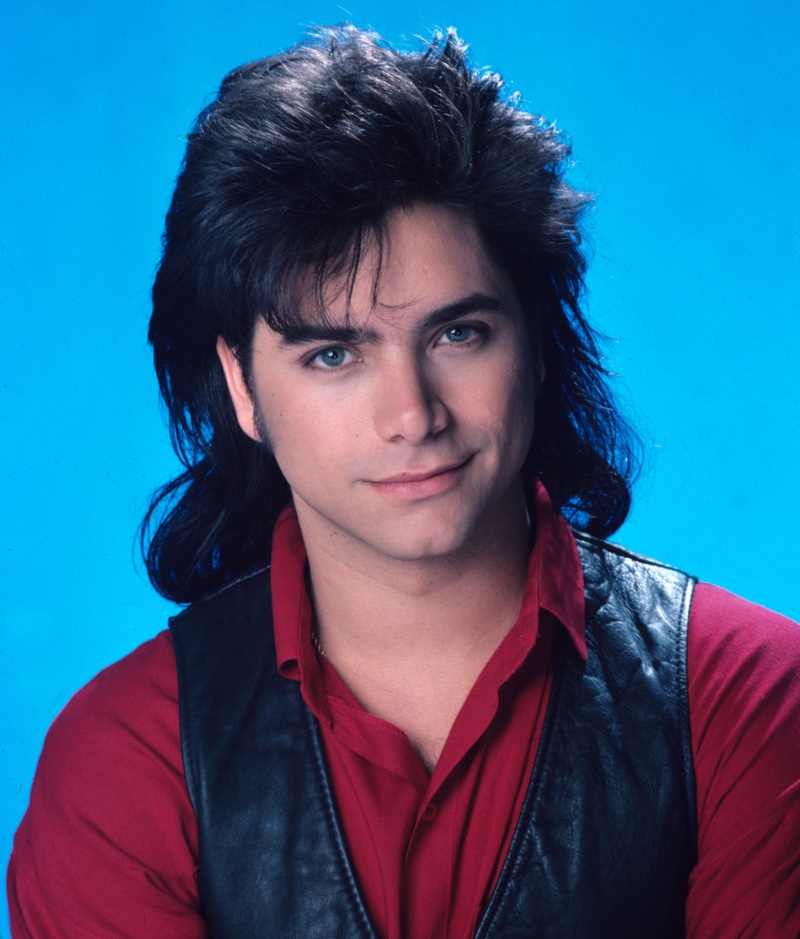
Feathered hair in the 1980s was all about movement. Layers were cut to lift and curve, giving the hair shape. Volume stayed high, but the texture stayed light. John Stamos wore a mullet-adjacent version on Full House, giving the style mainstream visibility.
The 1980s Quiff
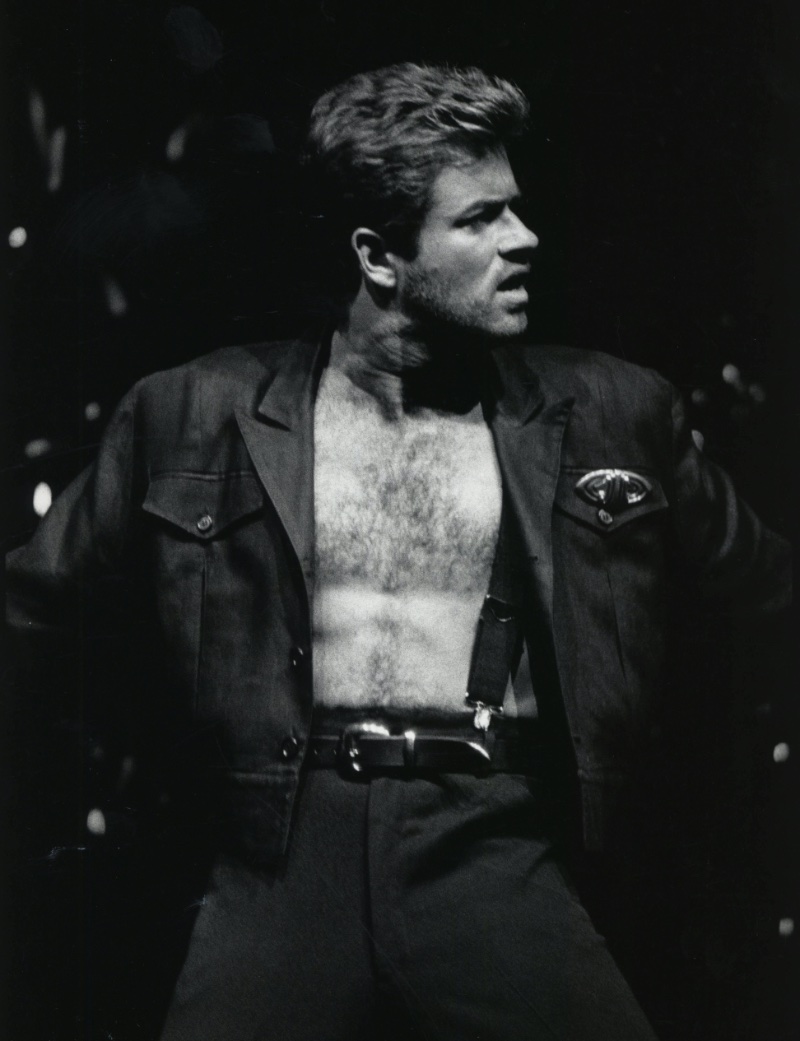
The quiff held its place in 80s style with height and attitude. Longer hair was pushed up and back, echoing the pompadour but with less polish and more attitude. George Michael wore his with sharp lines and volume. Huey Lewis kept it clean but lifted. Both showed the quiff could move between pop and rock without losing shape.
80s Pompadour
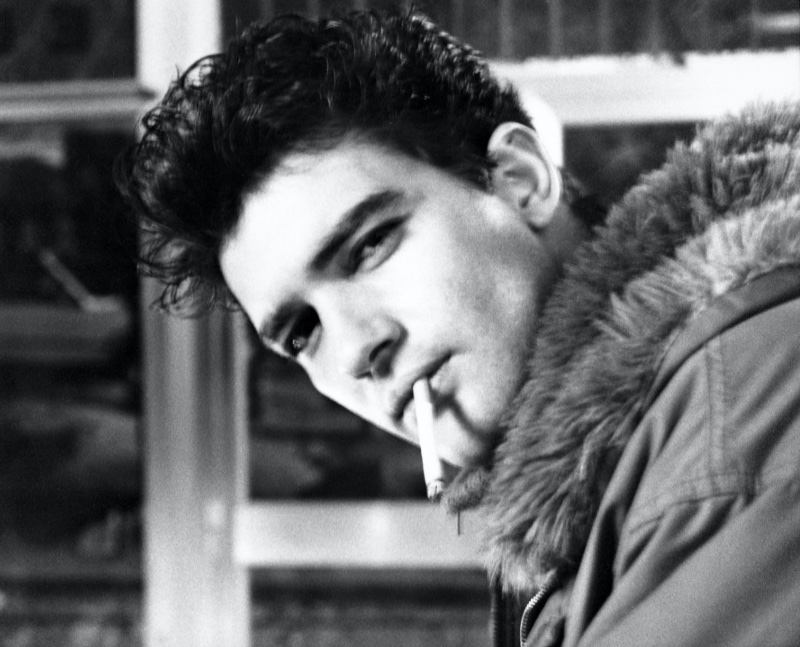
In the 1980s, the pompadour pulled from its rock and roll origins but leaned into polish. The top stayed tall and shaped, with sides slicked back and a front wave that gave the cut its structure.
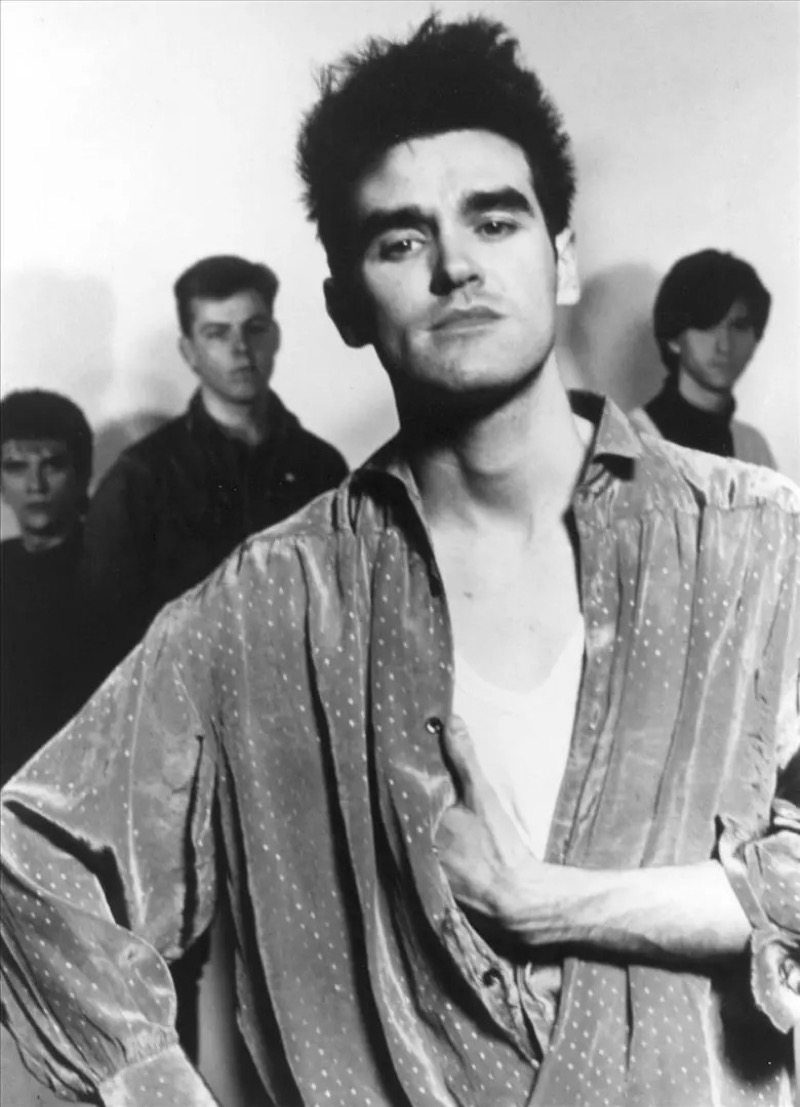
Antonio Banderas and Morrissey offer prime 80s pompadour motivation, each showing how volume and control could read as confident rather than theatrical. Elvis Presley’s influence lingered, but the 80s version traded nostalgia for nightclub cool.
1980s Slicked-Back Style
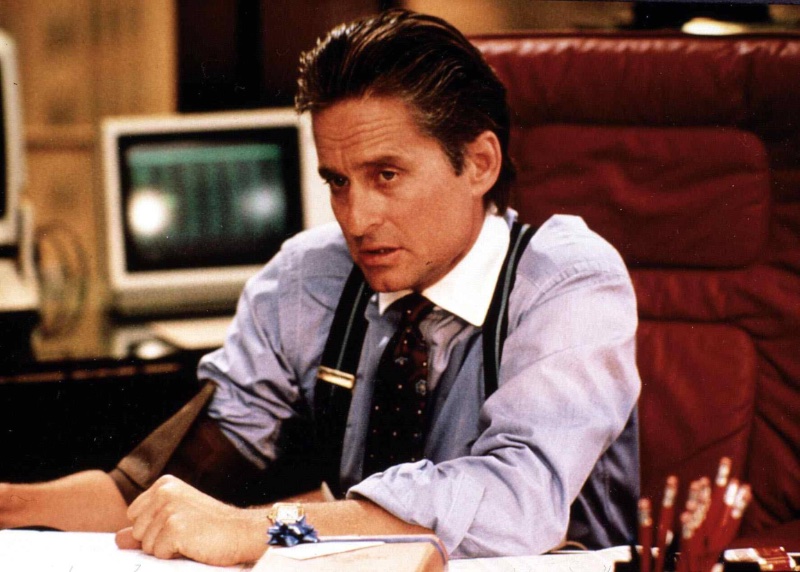
The slicked-back hairstyle was the cleanest expression of 80s power. Worn by Michael Douglas in Wall Street and Don Johnson in Miami Vice, it projected control, money, and calculation. Smooth on the surface, the look was about keeping sharp edges hidden.
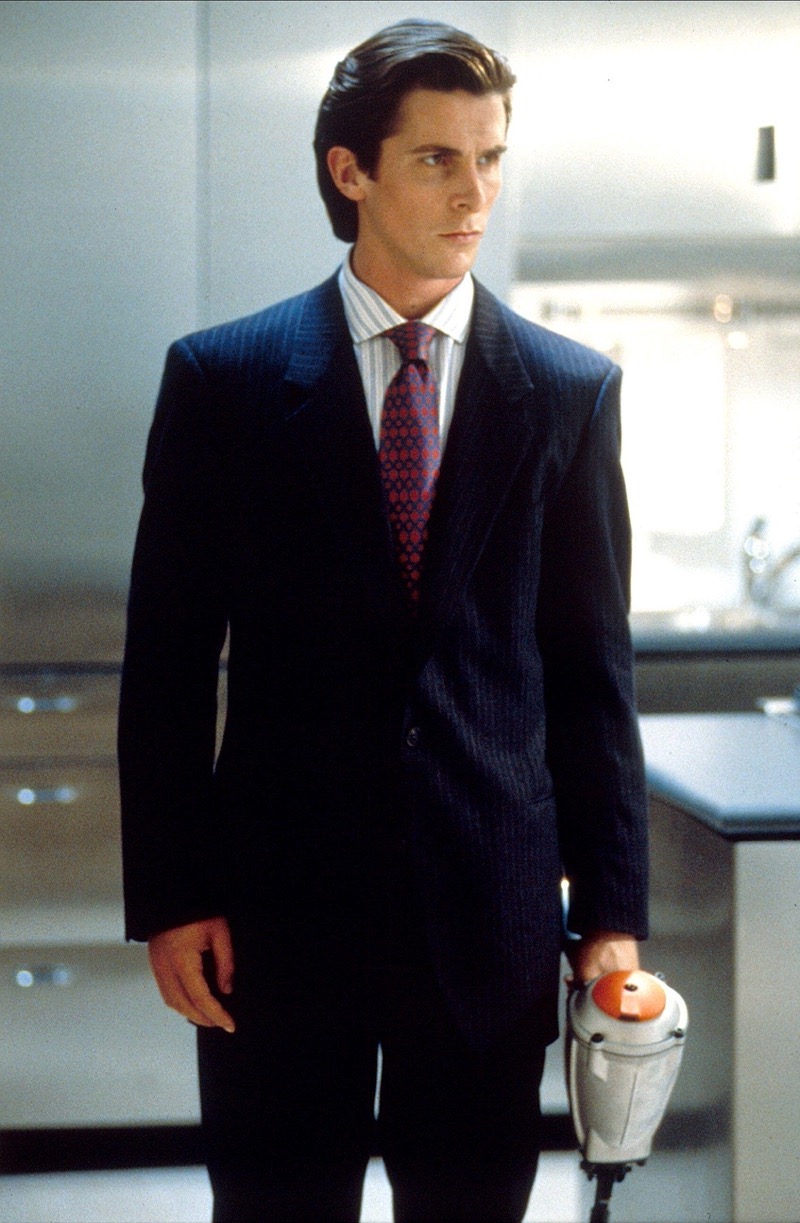
The slick back moved easily between boardrooms and clubs. Grooming became strategy. Style choices were deliberate. Patrick Bateman in American Psycho pushed the look further, using it to signal dominance through detail.
Hair in the Workplace
The 1980s loosened the rules around corporate hair. Classic short cuts gave way to business mullets and layered styles that nodded to individuality yet still maintained professionalism. Texture replaced strict shape. Volume crept in.
It was less about rebellion, more about standing while staying within bounds. Companies began to read personal style as a signal of confidence, not a threat to order.
80s Pop Culture Icons & Their Hairstyles
David Bowie’s Pompadour Mullet
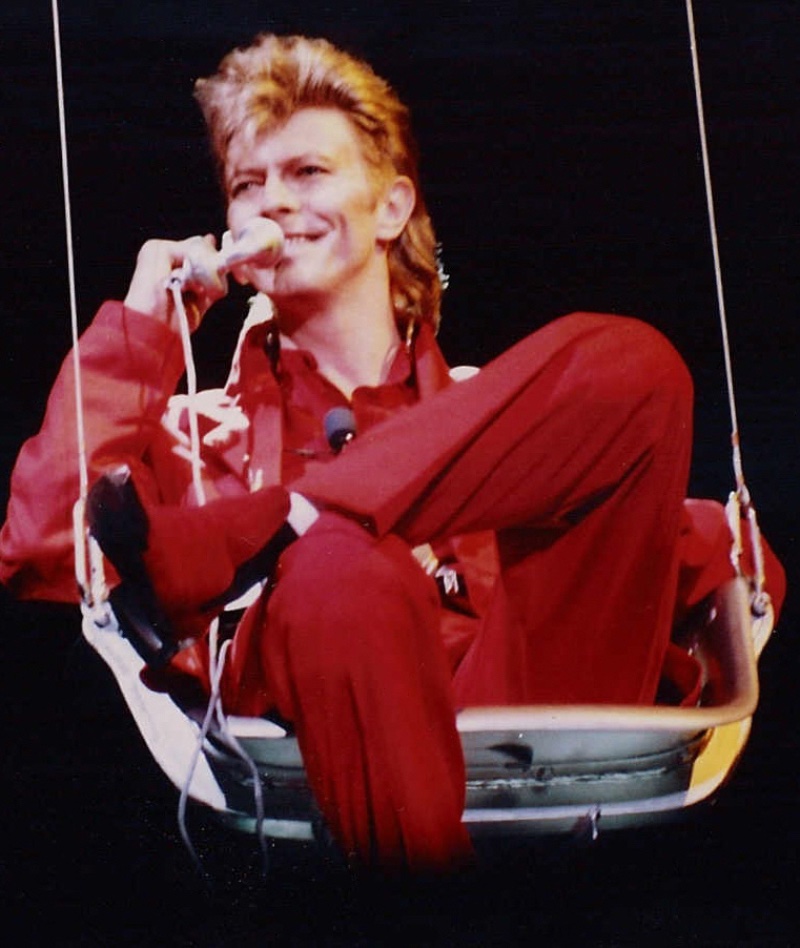
David Bowie remains a defining figure in both music and fashion. His pompadour mullet captured the shift from 70s glam to 80s structure. The style was calculated, theatrical, and precisely styled. It functioned as a visual extension of his shape-shifting persona.
Michael Jackson’s Jheri Curl
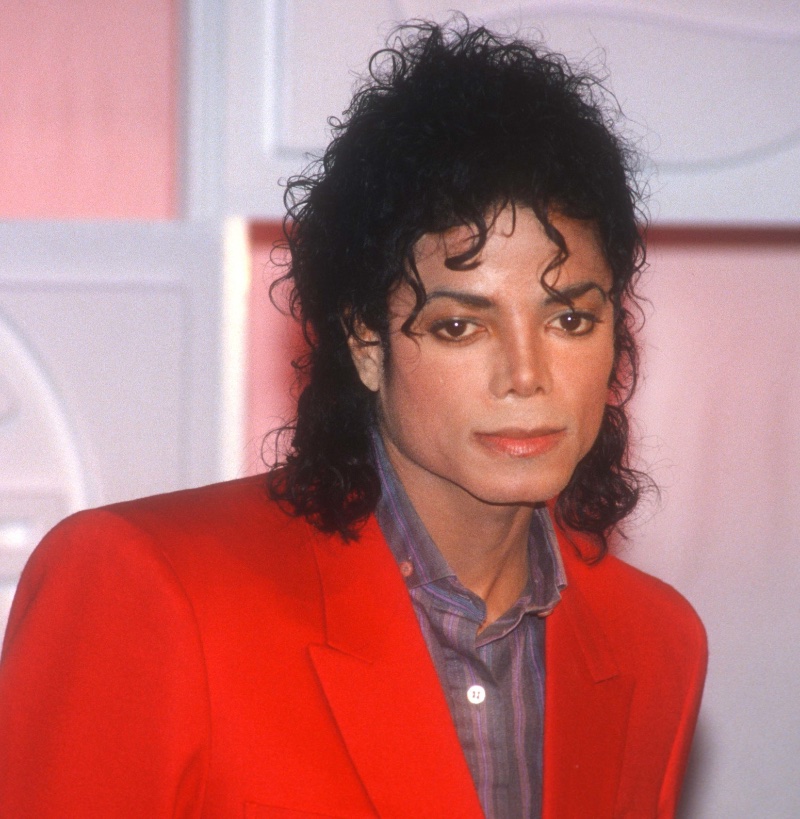
The Jheri curl became one of the most recognizable hairstyles of the 1980s. Worn by Michael Jackson in Thriller and Lionel Richie on countless album covers, it delivered high-shine curls with controlled shape. The look carried status, style, and polish.
To get it, stylists used chemical treatments to loosen curls, then applied activator to keep them hydrated and defined. The maintenance was high, but the result was unmistakable.
Billy Idol’s Punk Spikes
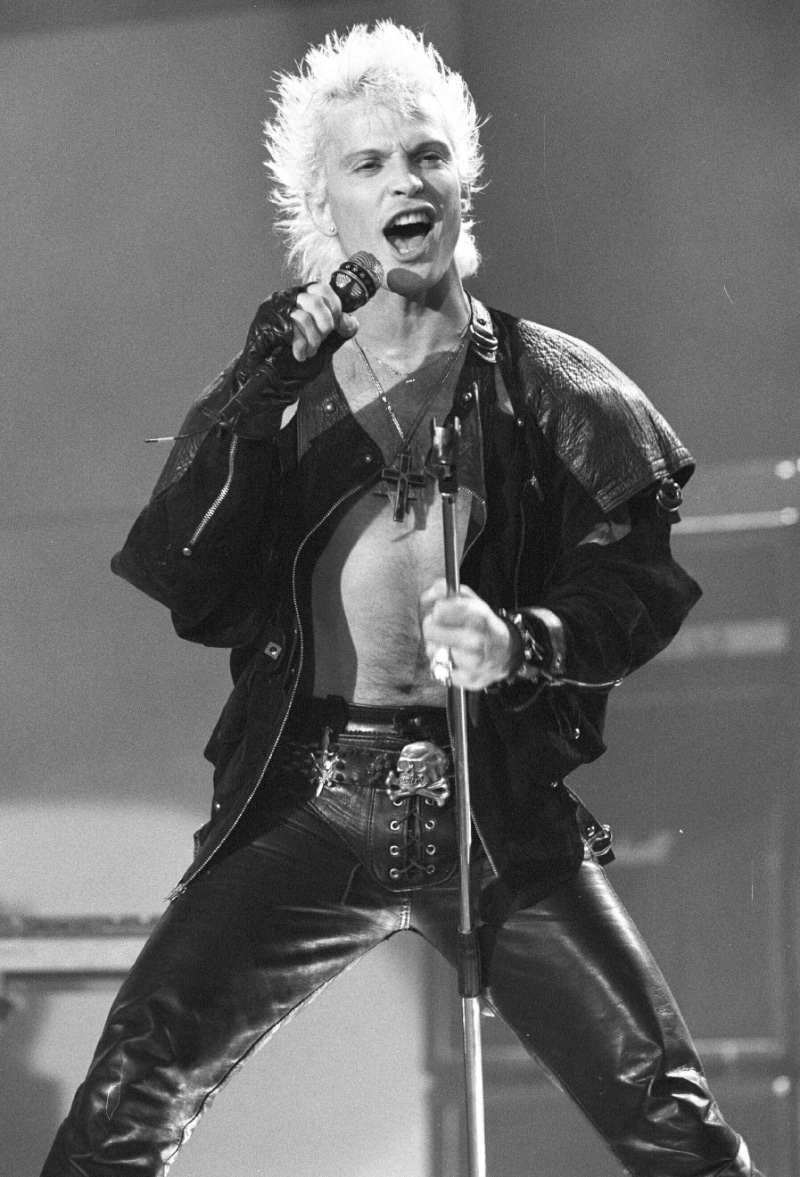
Billy Idol’s spiked blond hair became one of punk’s most visible markers in the 1980s. The cut was loud and aggressive, styled to provoke. It rejected polish and signaled resistance, matching the attitude he brought to stage and screen.
George Clooney’s Mullet
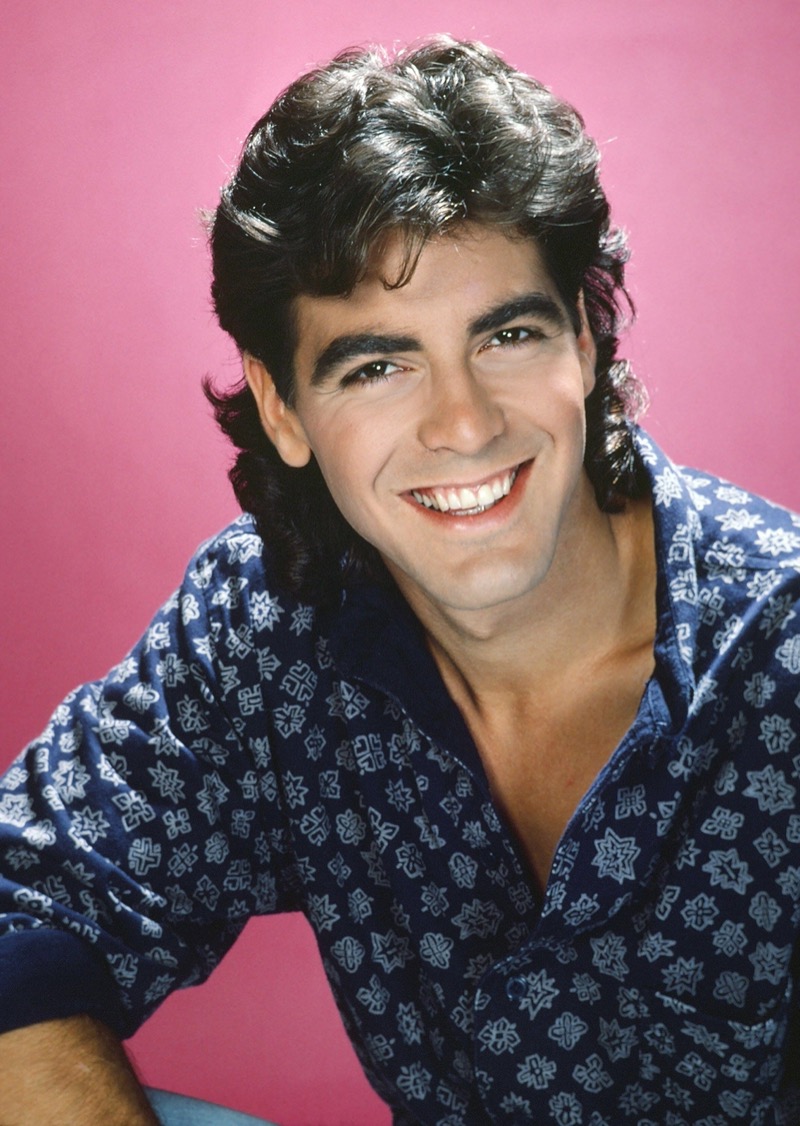
Before the red carpets and tailored suits, George Clooney wore a mullet. Soft waves and a low-maintenance finish gave the cut a more relaxed feel. His version made the look accessible, showing that even one of the decade’s loudest styles could land with charm.
Most Admired 80s Hairstyles for Men
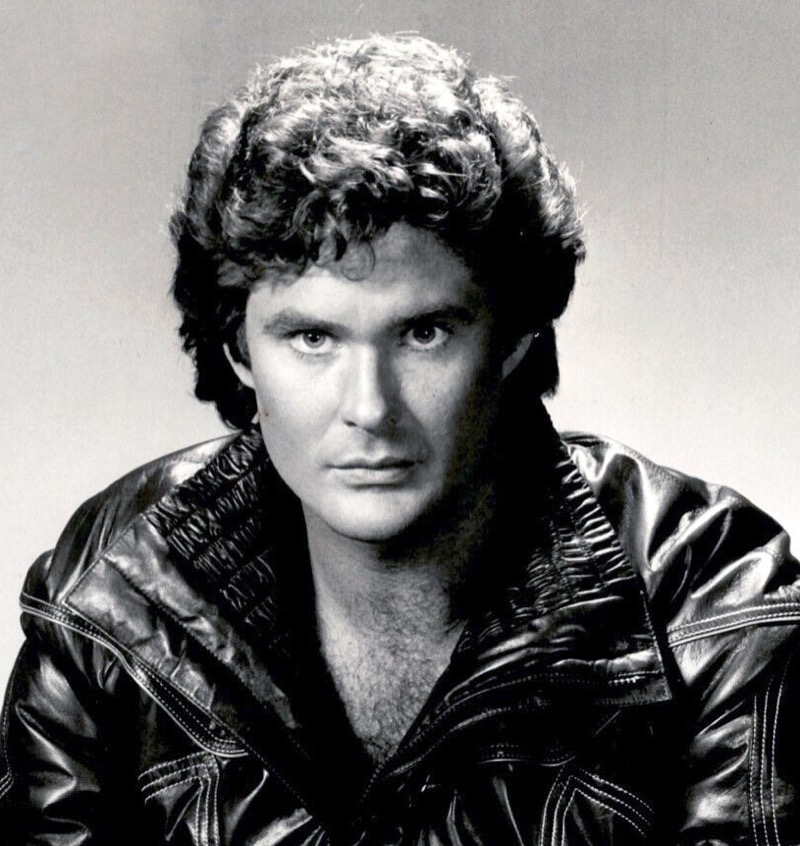
The 1980s delivered a wide spectrum of men’s hairstyles, but a few became icons. These looks stood out not for subtlety, but for presence. David Hasselhoff’s high-volume cut, longer on top and styled for maximum lift, became a symbol of the decade’s obsession with big hair.
Jon Bon Jovi went further, with shoulder-length waves that matched the scale of the arenas he filled. George Michael took a different route, wearing perfectly feathered hair that leaned into polish and romanticism.
Influence of 80s Fashion Trends on Hair
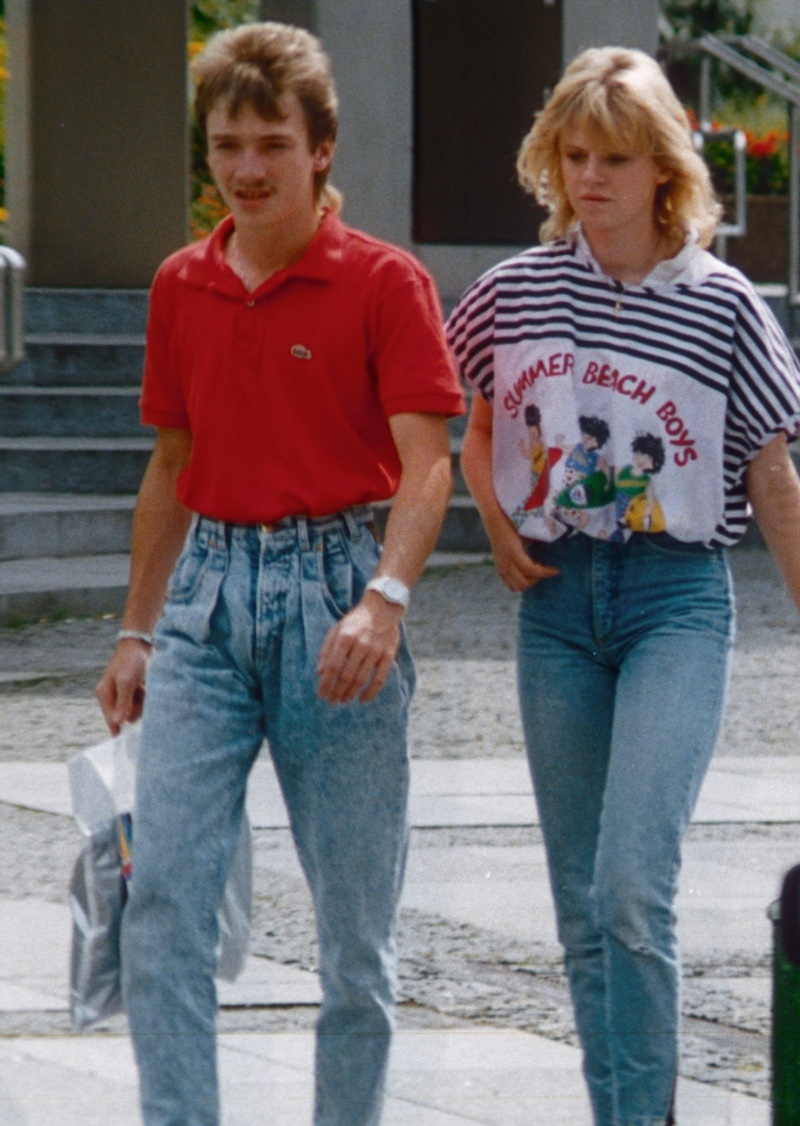
The 1980s pushed fashion to extremes, and men’s hairstyles followed suit. Acid-washed denim, band tees, and leather jackets weren’t complete without hair to match. Volume got louder. Color got brighter. Restraint wasn’t part of the look.
Long, unkempt hair underscored the rise of rock style. Shaved sides and sharp spikes paired with leather jackets gave off a harder edge. Neon clothing invited experimentation, with streaks of pink, green, or blue turning hair into part of the outfit.
It wasn’t subtle. It wasn’t meant to be. Hair became another surface to amplify the decade’s appetite for attention.
Popular Short Hairstyles for Men in the 1980s
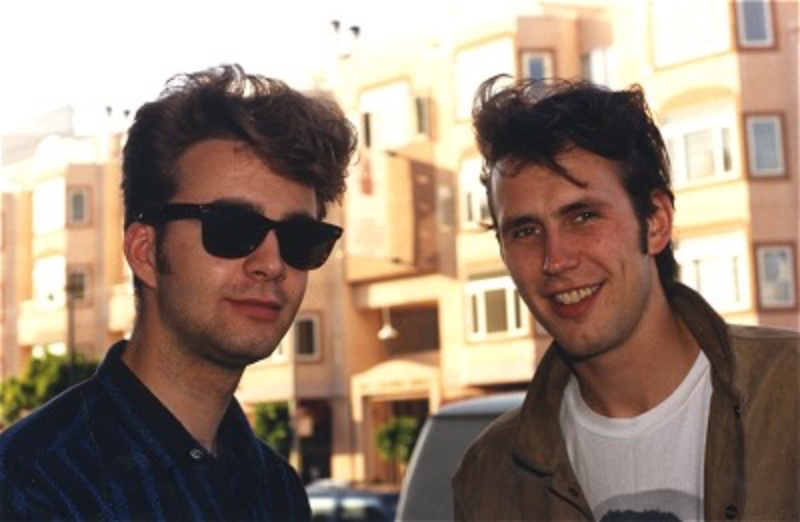
If the 1980s had a motto for men’s hair, it might have been: short, sharp, and never quiet. These cropped cuts didn’t fade into the background. They gave men room to define their look, whether straight out of a John Hughes script or pulled from the pages of GQ.
Textured Quiff: The textured quiff brought height with control. Volume at the front met shorter sides and a clean neckline. Tousled but not messy, this cut landed somewhere between casual and styled. It worked for men who wanted movement without stepping into full rockstar territory.
Slick Side Part: This was the boardroom cut with nightlife range. The slick side part kept the profile clean, with a hard part, tight sides, and a glossy finish. Think Tom Cruise at a cocktail party, perfectly composed with not a strand out of place.
Short Pompadour: The short pompadour brought lift and polish without the drama of a full glam cut. The front carried volume, shaped with mousse and locked in with spray. It echoed Elvis but looked firmly planted in the 80s, favored by those who wanted structure with a little flair.
1980s Hair Culture
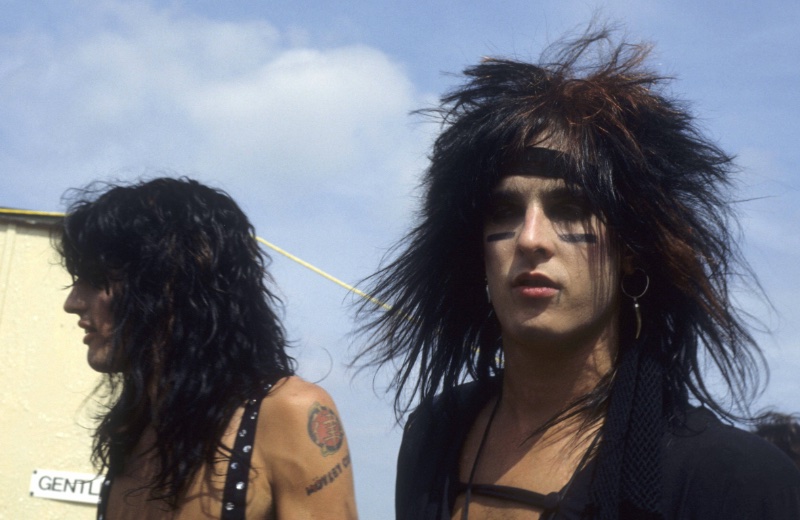
Hair in the 1980s tracked closely with music, image, and subculture. Styles didn’t just follow trends, they followed scenes. Heavy metal brought length and volume with no restraint. New wave trimmed it down and polished the finish. Both were loud in their own way.
MTV rewired the connection between sound and appearance. Musicians became visual figures as much as performers. Haircuts gained influence because faces were suddenly everywhere.
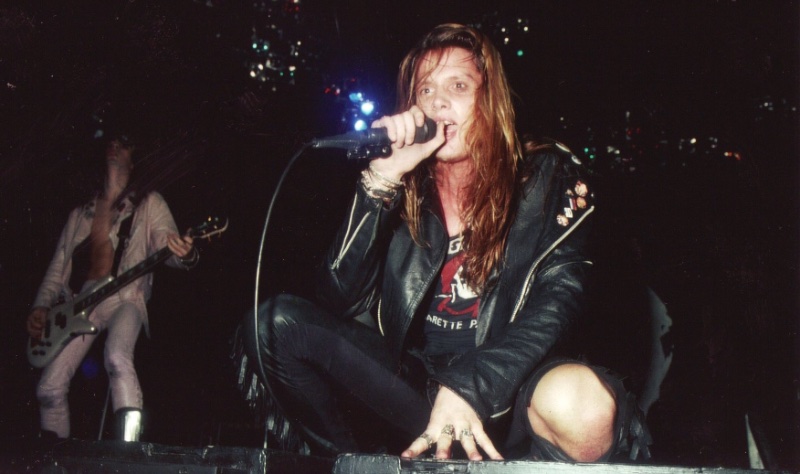
Skateboarding culture pushed a different aesthetic. Longer, looser hair fit the speed and friction of suburban pavement. As grunge began to surface late in the decade, the tone shifted. Hair dropped the polish and leaned into mess.
Japanese pop and early anime also started making visual noise. Bright colors and stylized shapes crept into Western aesthetics, adding a new layer to how men experimented with hair.
The Rise of Hip-Hop
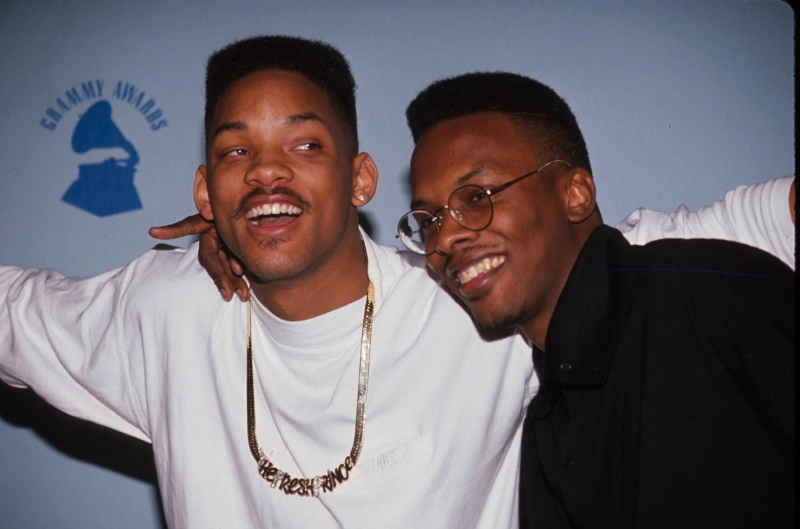
The 1980s brought a shift in men’s hair with the rise of hip-hop culture. Born in New York City, the movement reshaped fashion and identity, using hair as one of its clearest signals.
The high-top fade became the standout. Short on the sides and sharp on top, it added height, definition, and presence. Worn by artists and athletes, the cut marked individuality.
Shaved designs followed. Lines, patterns, and fades turned the head into a site for style. Some were subtle, others complex, but all pointed to the same idea: hair could carry meaning, and no part of the look was accidental.
80s Fashion Magazines, TV Shows & Movies
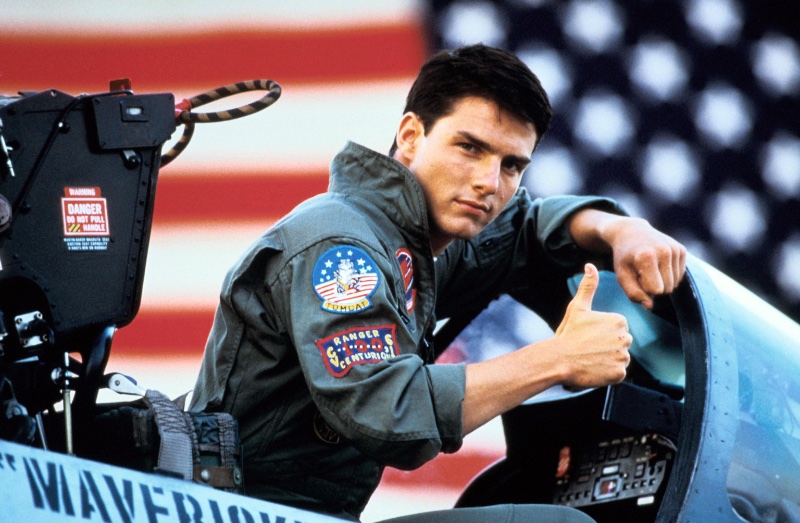
In the 1980s, magazines like GQ and Esquire shaped how men approached style. Editorial spreads moved beyond inspiration, offering clear direction on how to wear clothes and how to cut hair. What once felt out of reach became a set of choices.
Television reinforced the message. Shows like Miami Vice and The A-Team introduced hair as part of character design. Slick styles and perfect fades were the signals of confidence and control.
Film pushed it further. Top Gun and Back to the Future gave audiences more than dialogue. The characters’ haircuts became visual shorthand for charisma and risk.
By mid-decade, men were showing up to barbershops with magazine clippings or movie scenes in mind. Hair had become the most accessible way to translate pop culture into something personal.
Nostalgia & Retro Trends
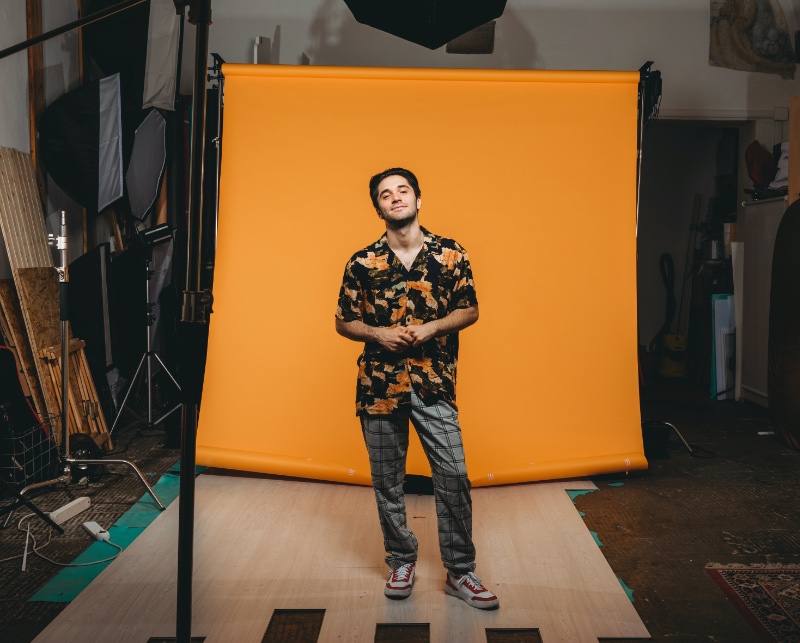
The influence of 1980s style continues to surface, drawing in a new generation along with those revisiting the past. Bold prints and bright colors have reappeared, but it’s the hair that delivers the strongest echo.
Styles like mullets, pompadours, and perms have returned with new context. K-pop and global street style have pushed these cuts forward, reshaping them. What started as rebellion now reads as reinvention.
Technology & Products
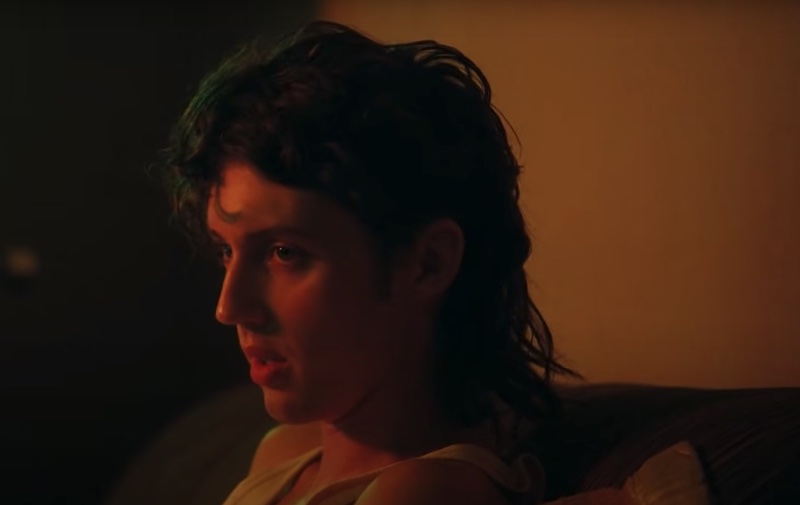
The renaissance of 80s men’s hair relies on the same products that shaped the originals. Mousses, gels, and hair sprays made high-volume styling possible and turned gravity into a design tool.
Brands like Aqua Net became household names. The diffuser attachment changed curly hair routines by adding structure and reducing frizz. These tools played an active role in defining the final look.
Mousse and gel still do the heavy lifting. On Instagram and TikTok, a new generation of stylists uses them to rework vintage styles into something current. The packaging has changed. The intent has not.
Entertainment & Social Media
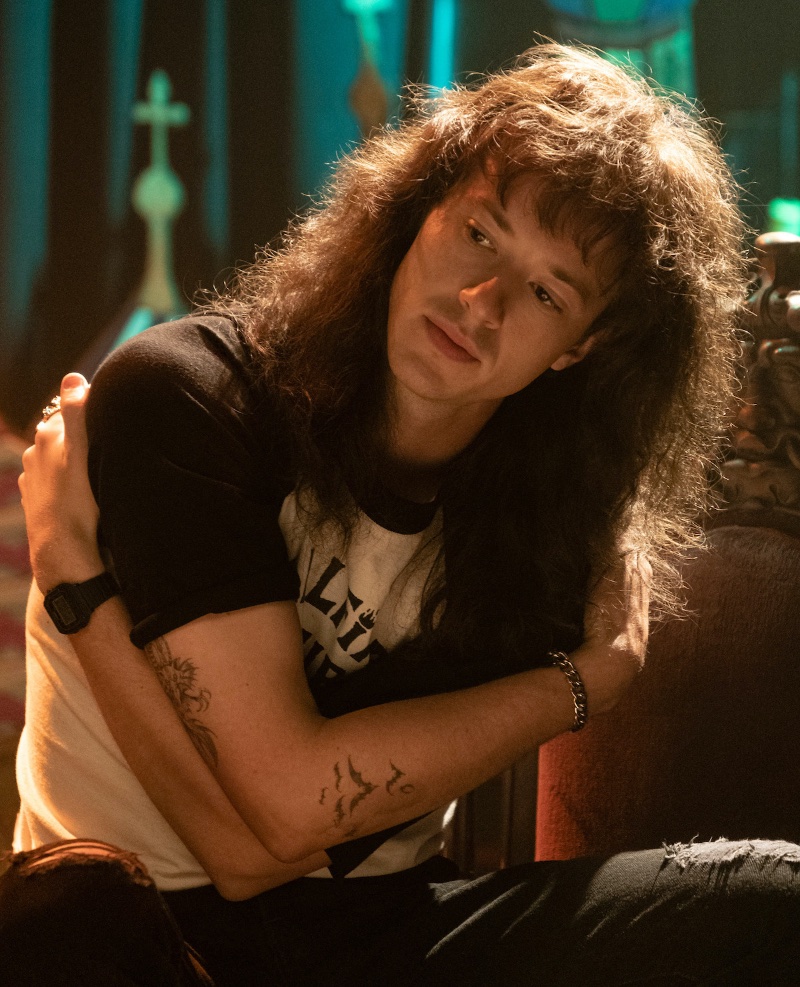
Television has reopened the door to 1980s style. Shows like Stranger Things have introduced younger viewers to cuts like the mullet, placing vintage looks in a modern context.
This return brings back the sharp colors and unconventional shapes that once defined 80s men’s hair. Neon streaks and sculpted volume are no longer nostalgic references. They are tools for self-expression.
The revival continues the decade’s original focus on individuality and impact, now reshaped for a new audience.
80s Hairstyle Revival
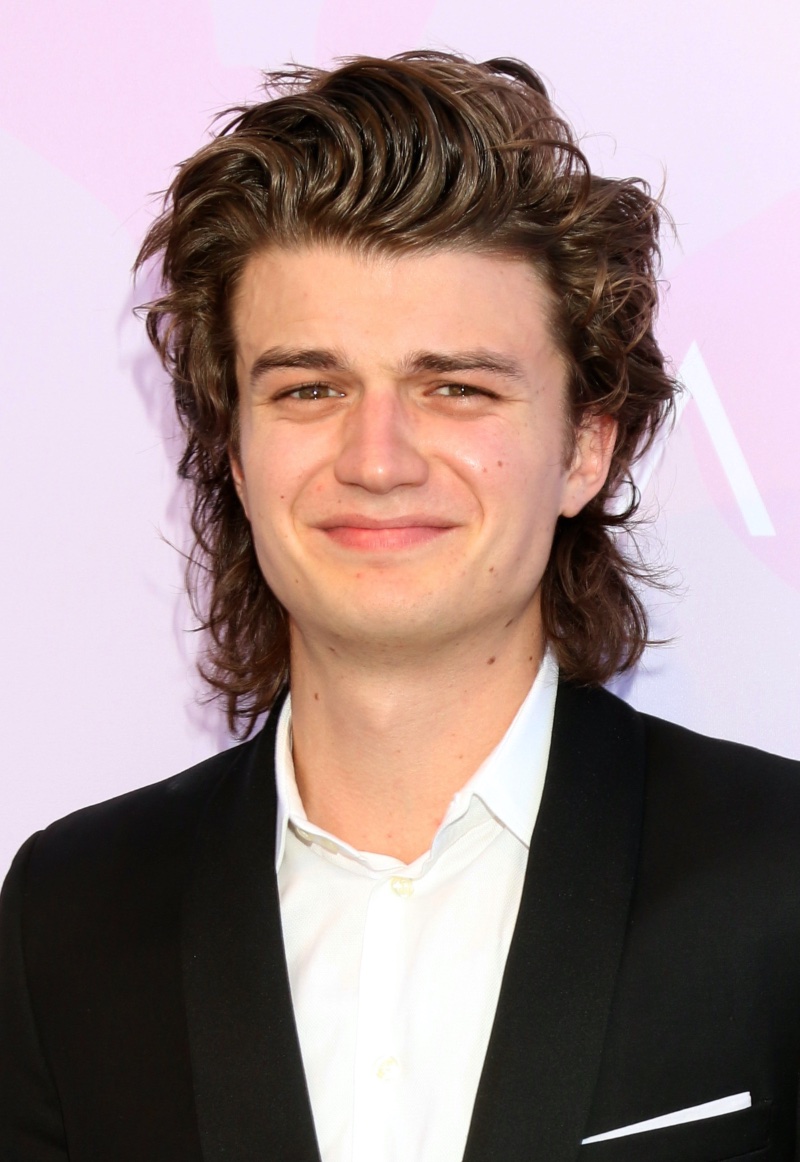
Social media now drives what once came through word-of-mouth. Current shows and music have reignited interest in 80s men’s hair, not as a direct throwback but as raw material for reinvention.
Today’s styles borrow from the past without copying it. Volume, texture, and eccentric cuts return with new context. This revival plays with contrast. It softens the edges, adds irony, and reshapes boldness into something more self-aware.
The influence of the 1980s lives on, not frozen in time, but recast for a generation that knows exactly what it’s referencing.
